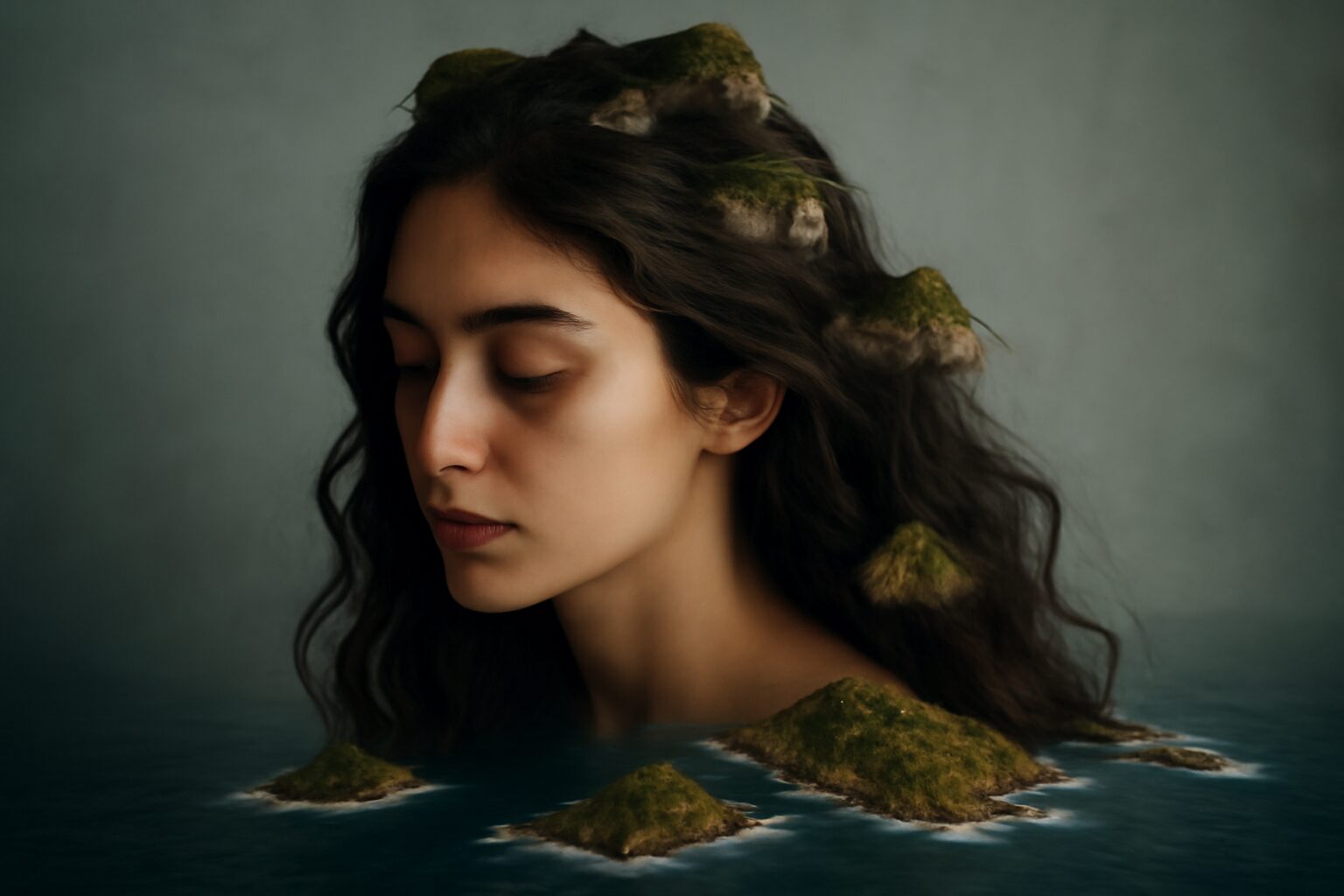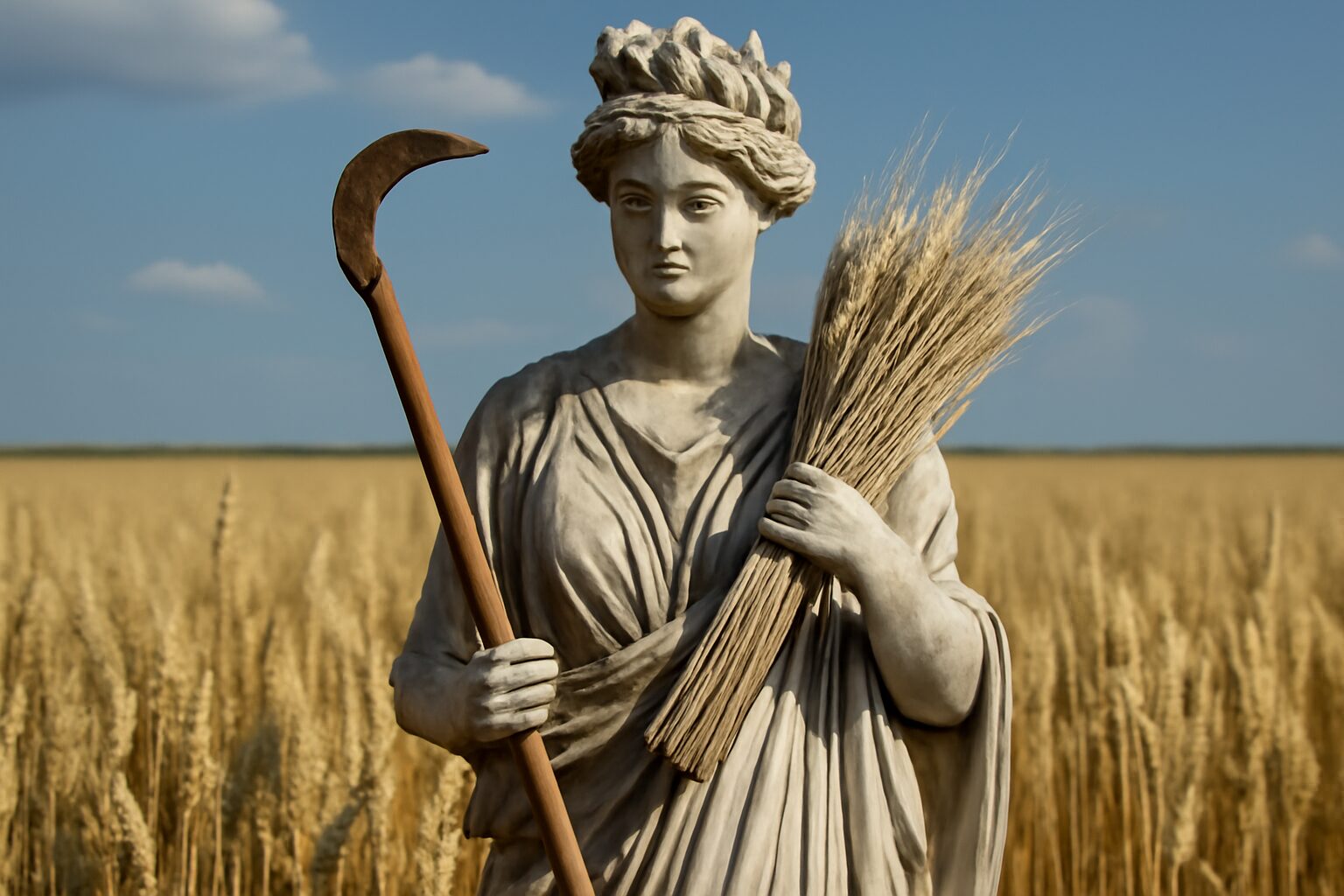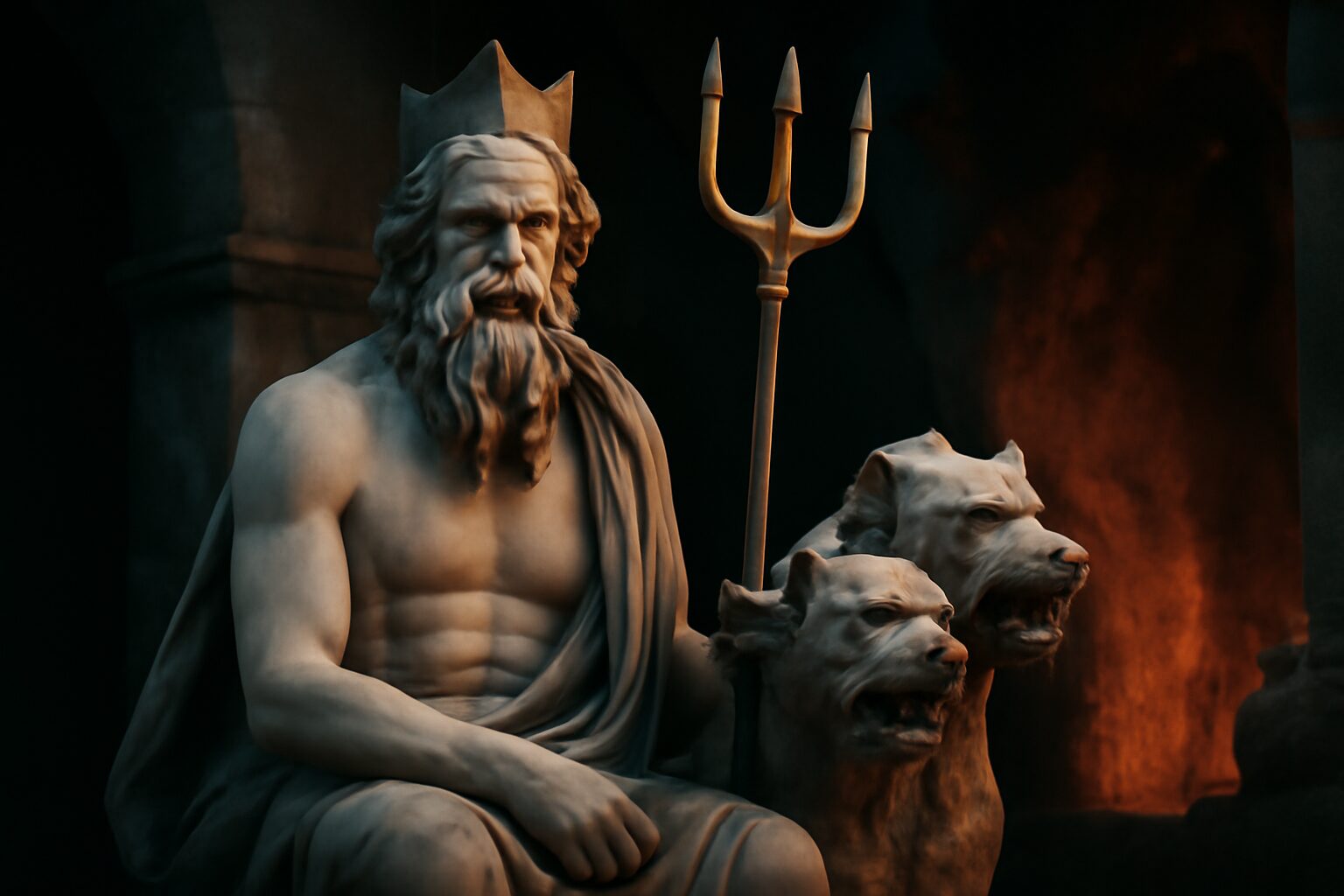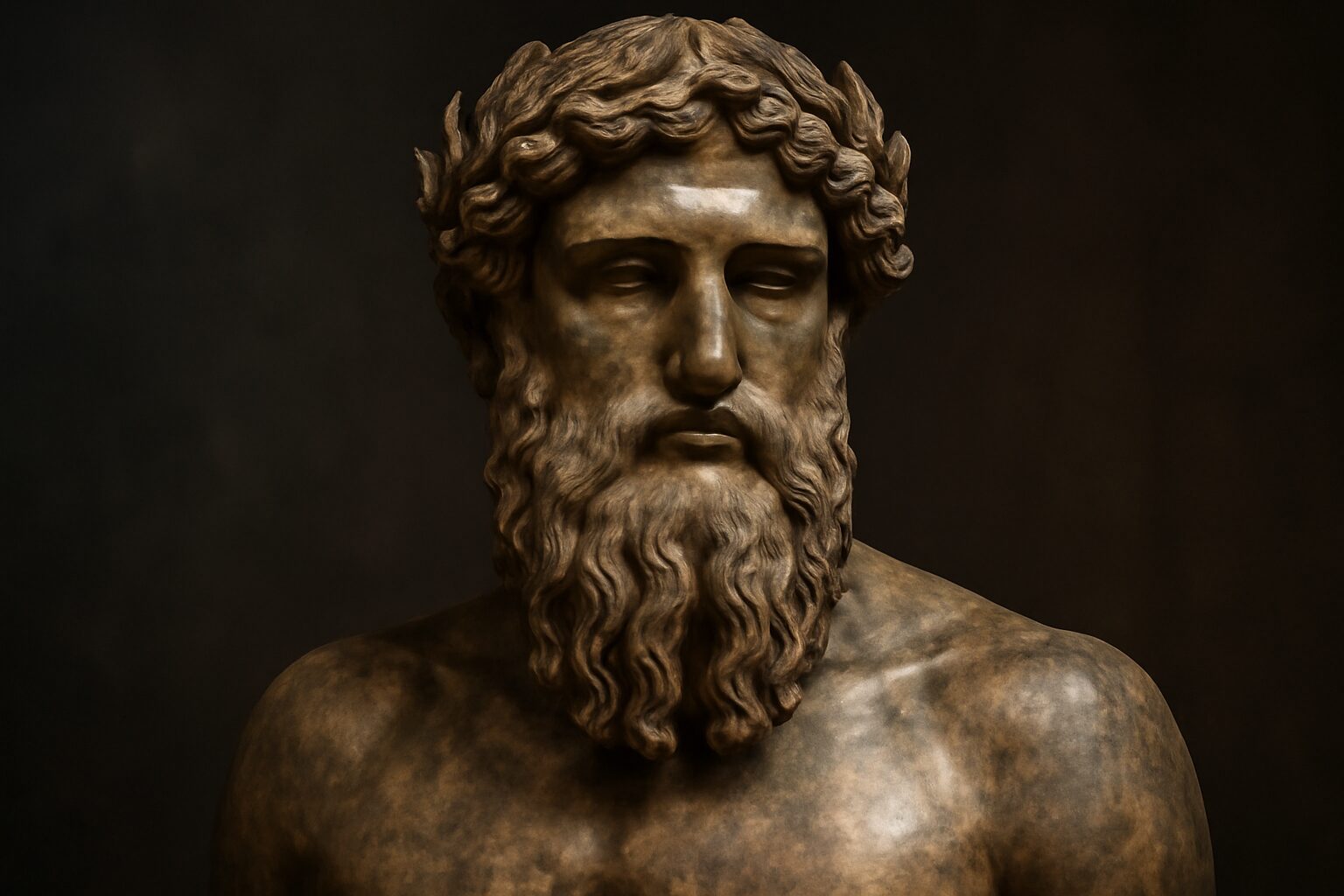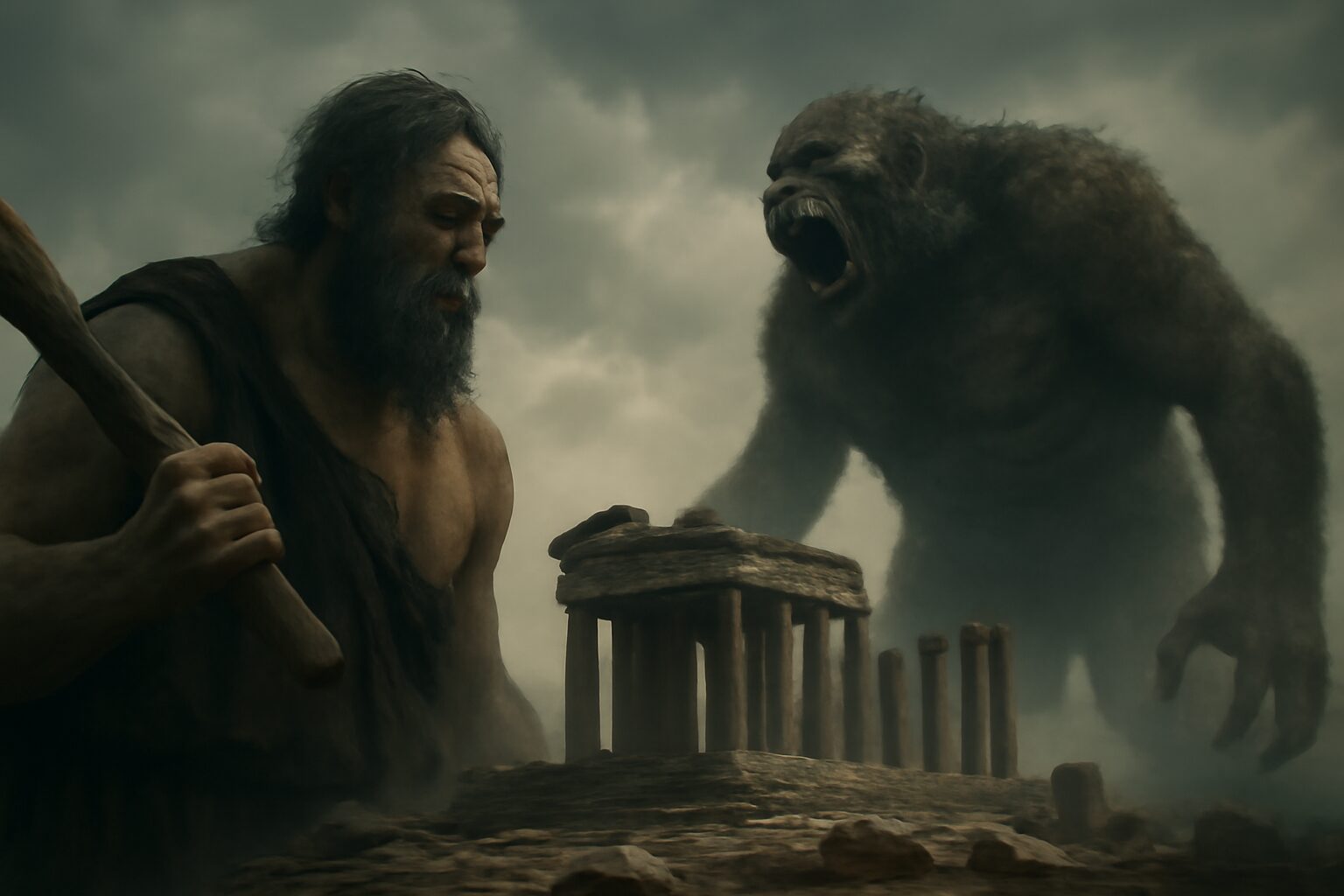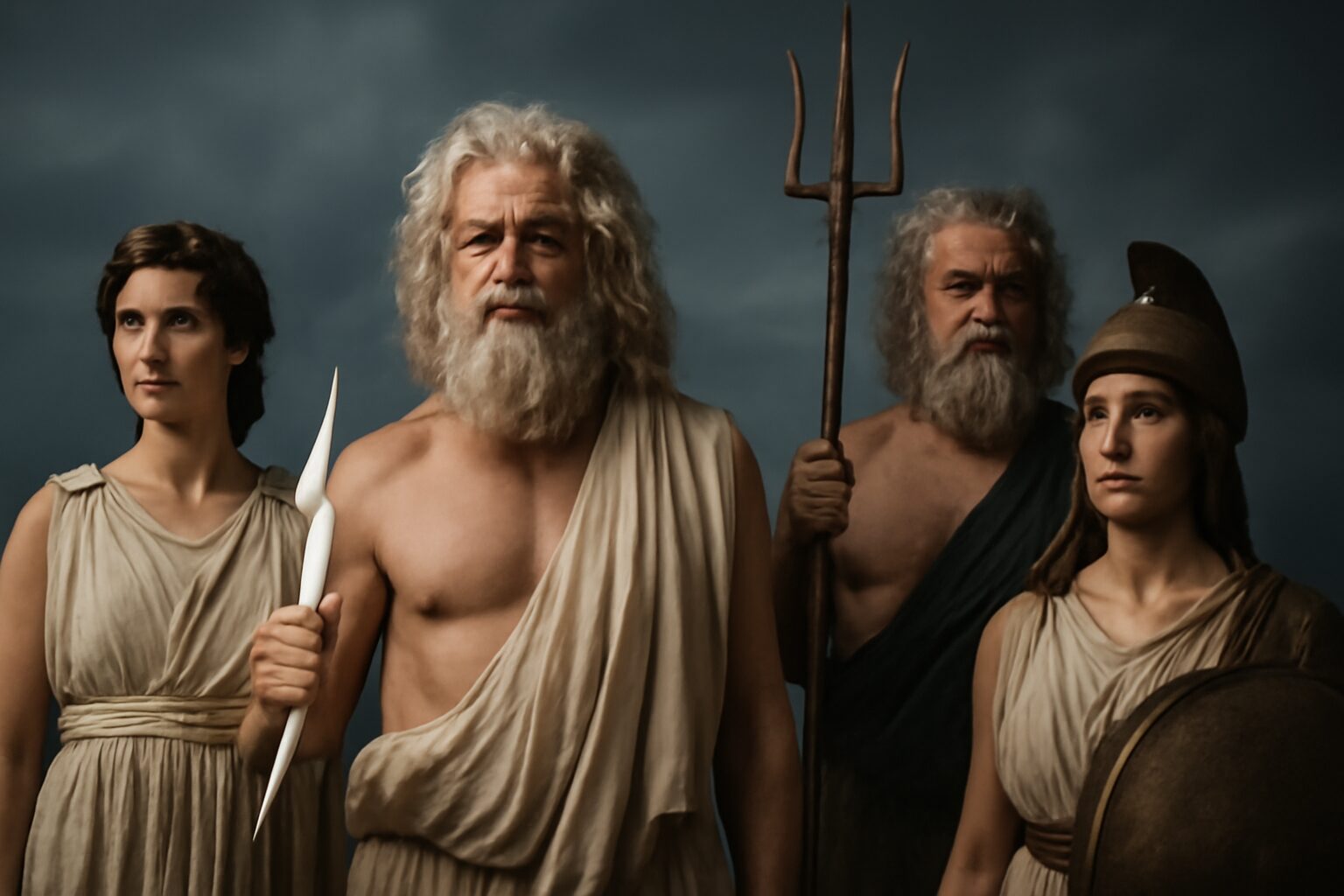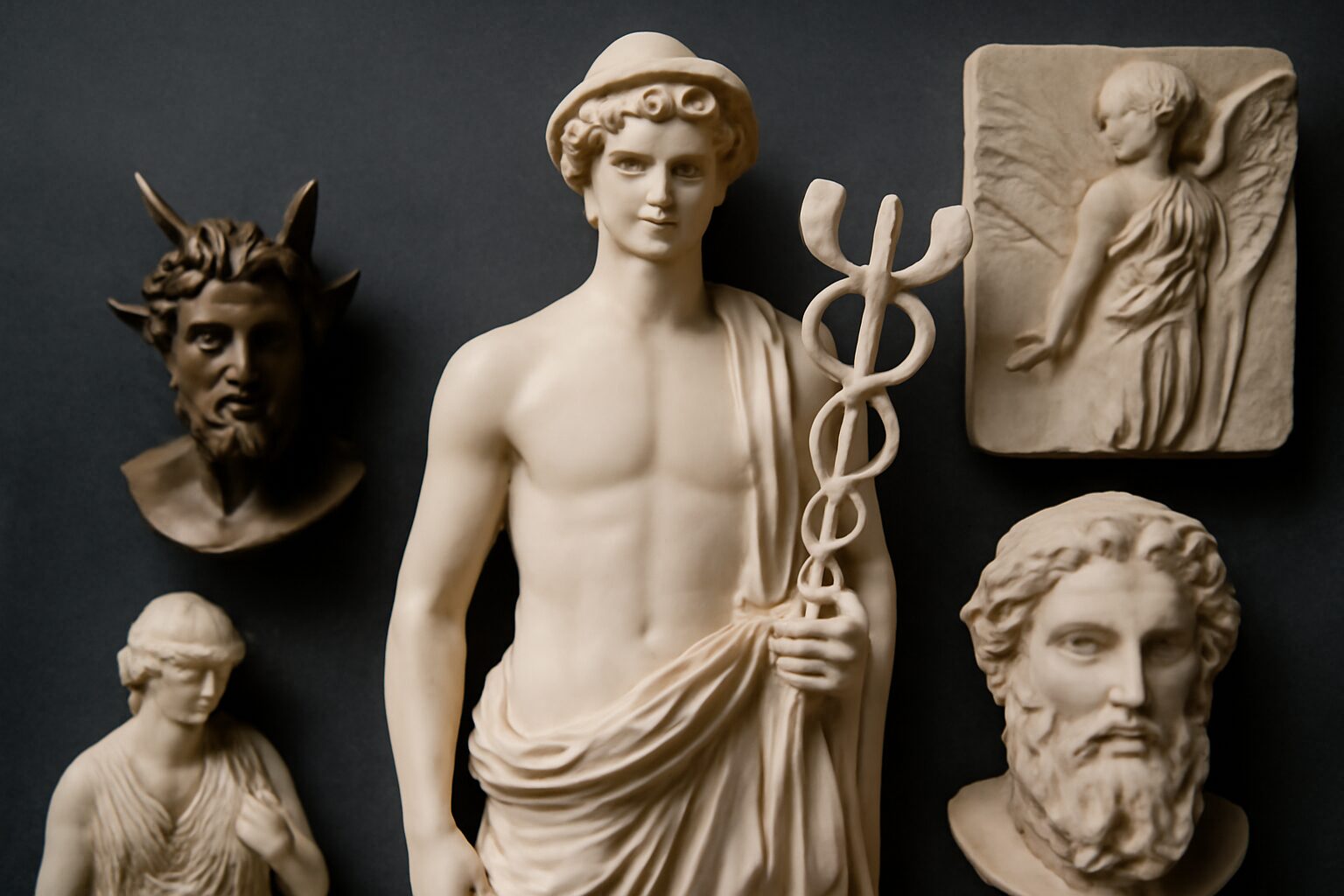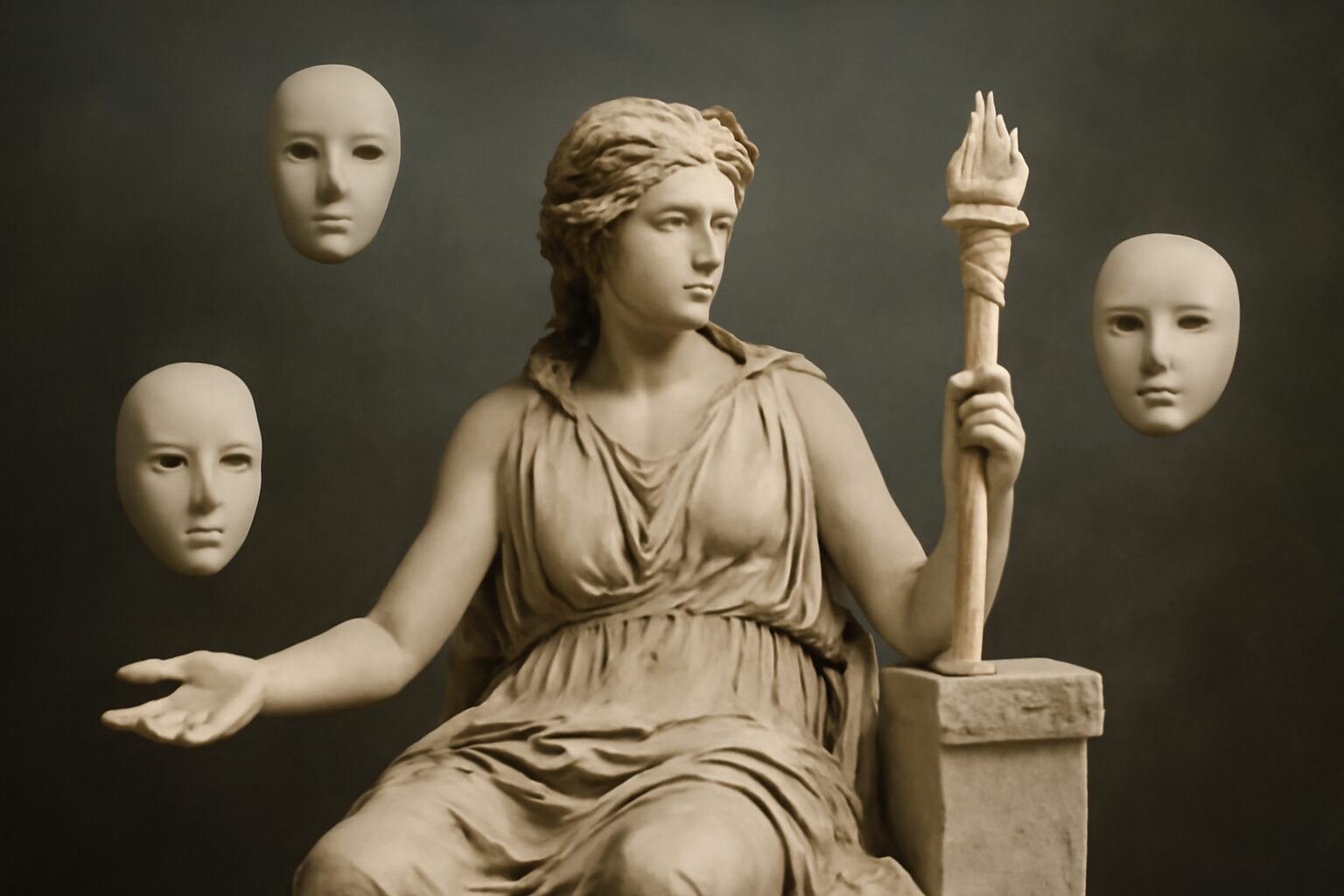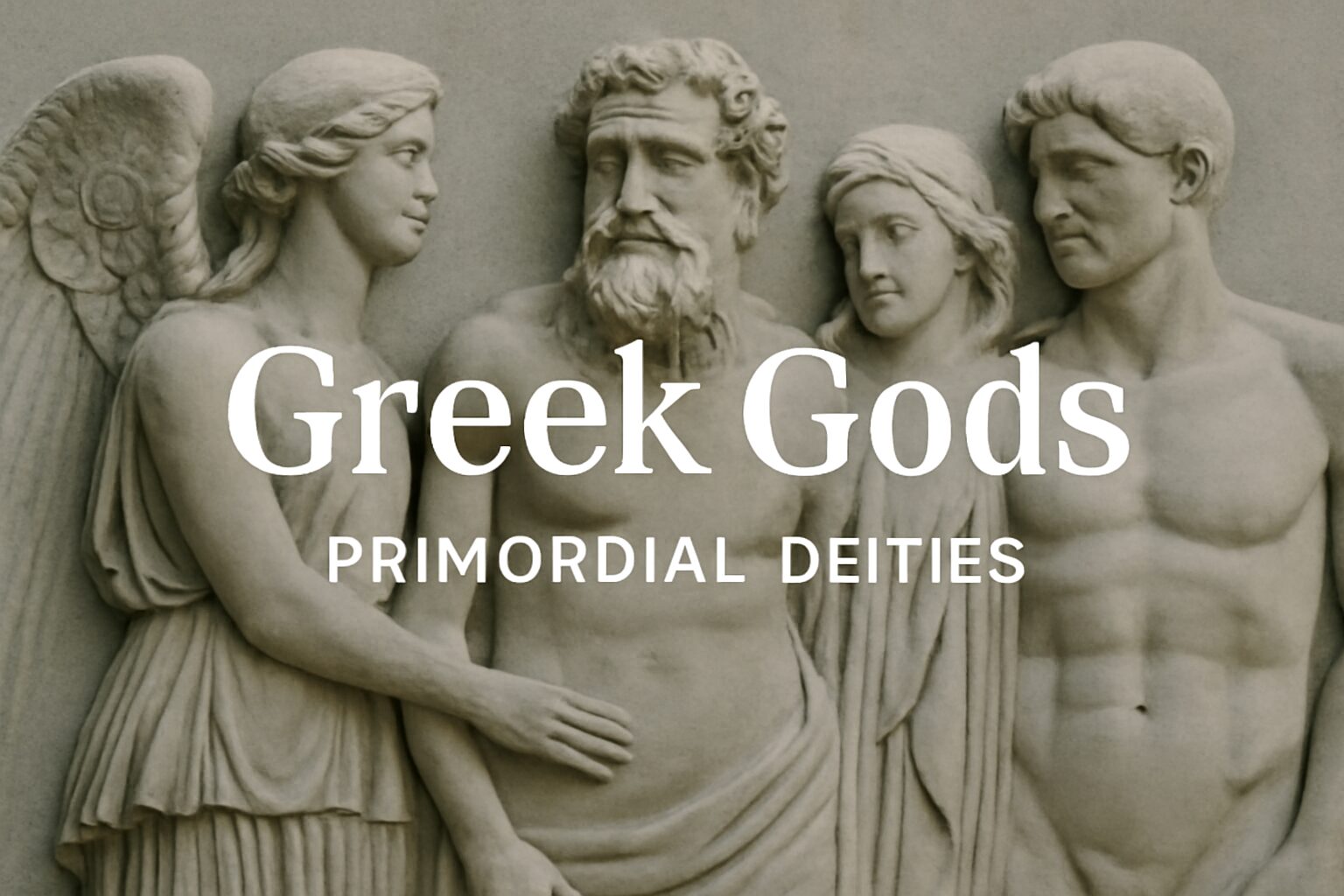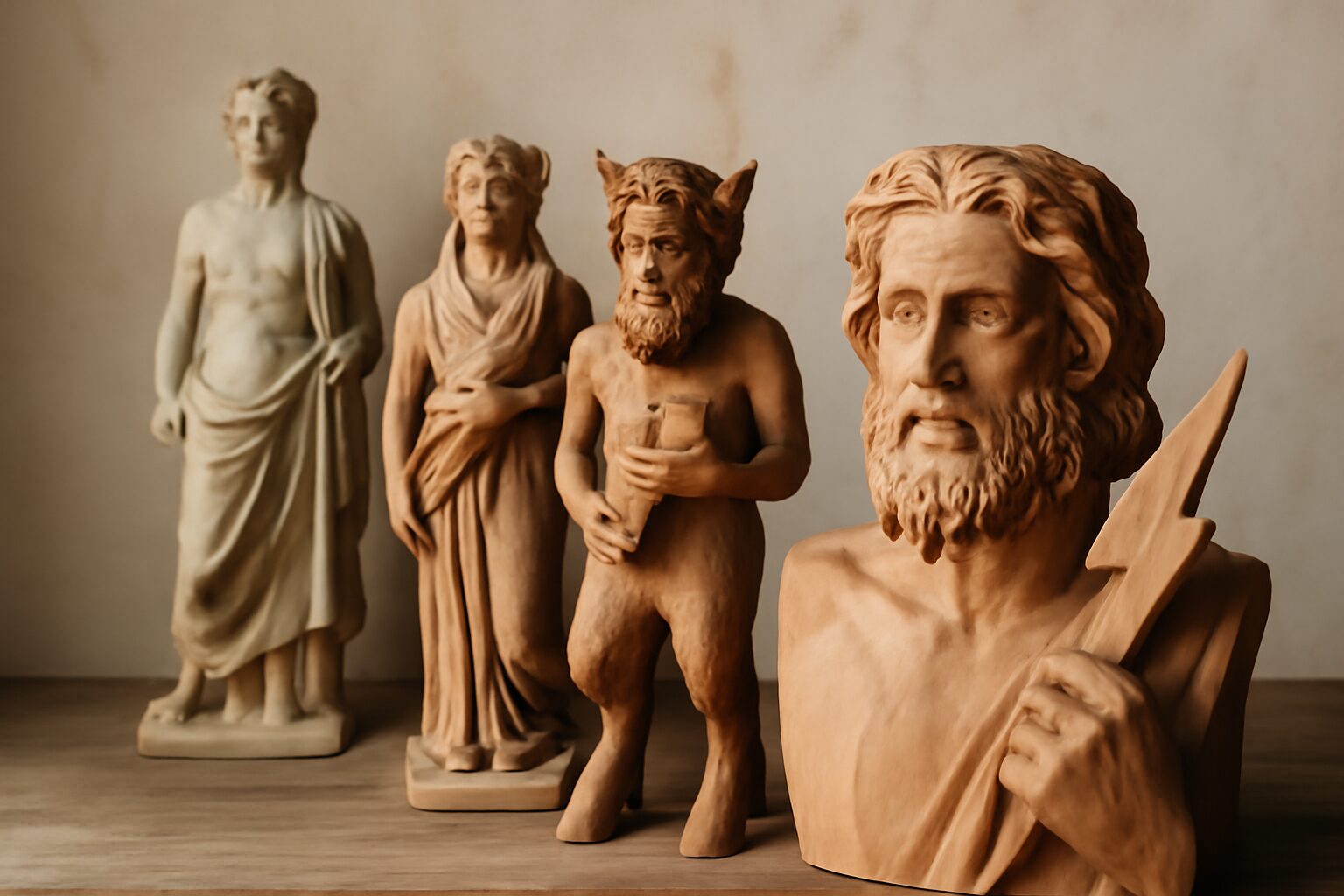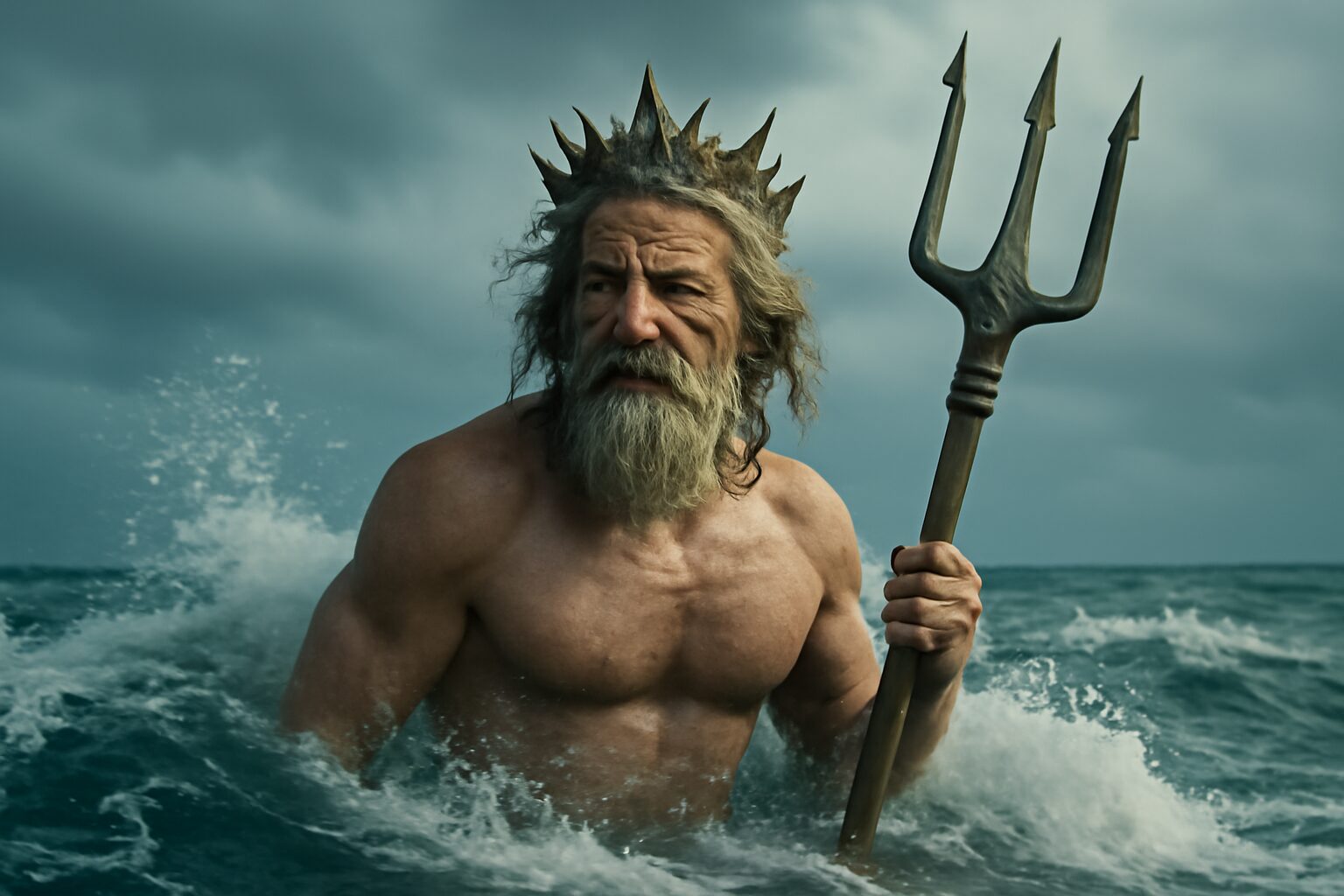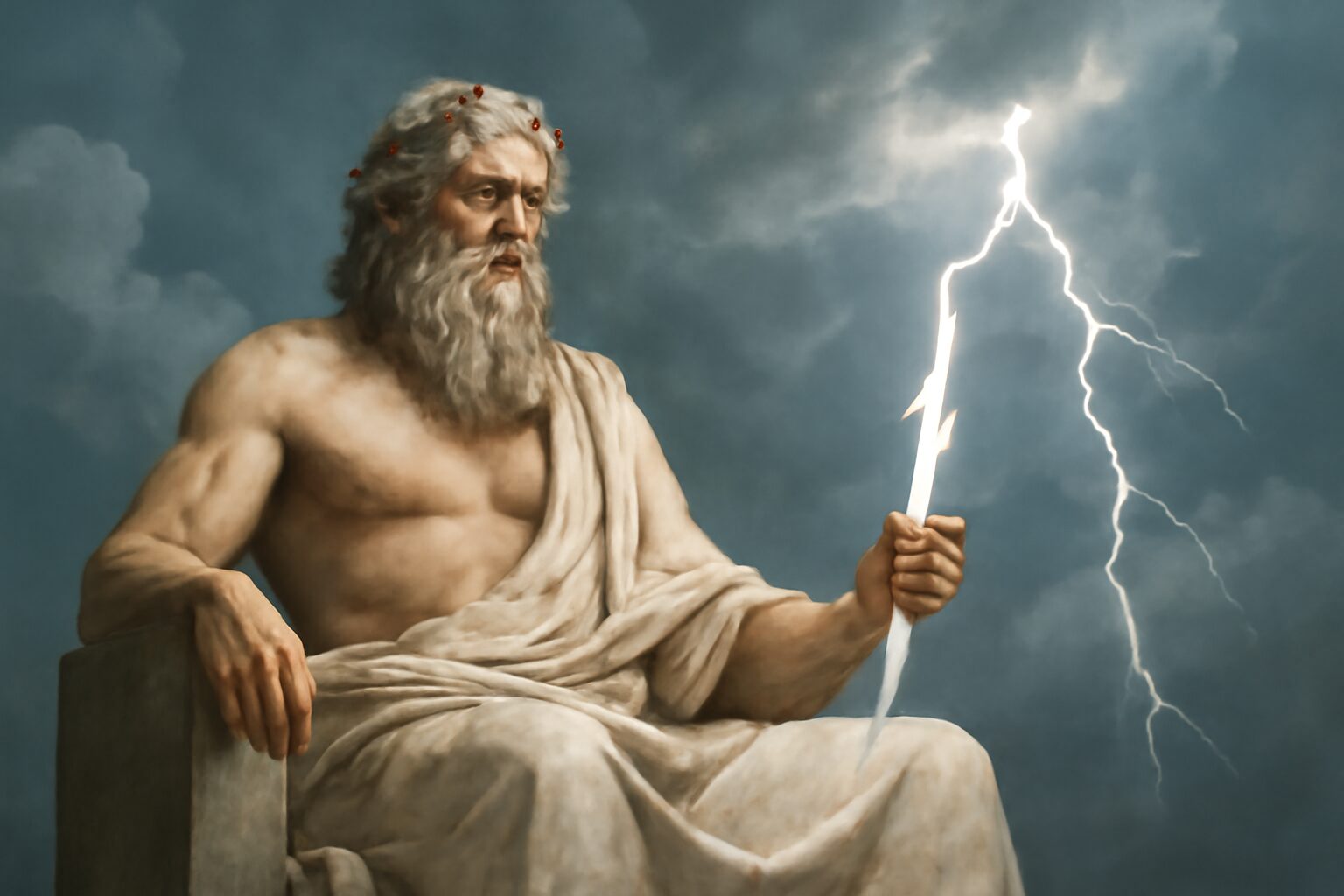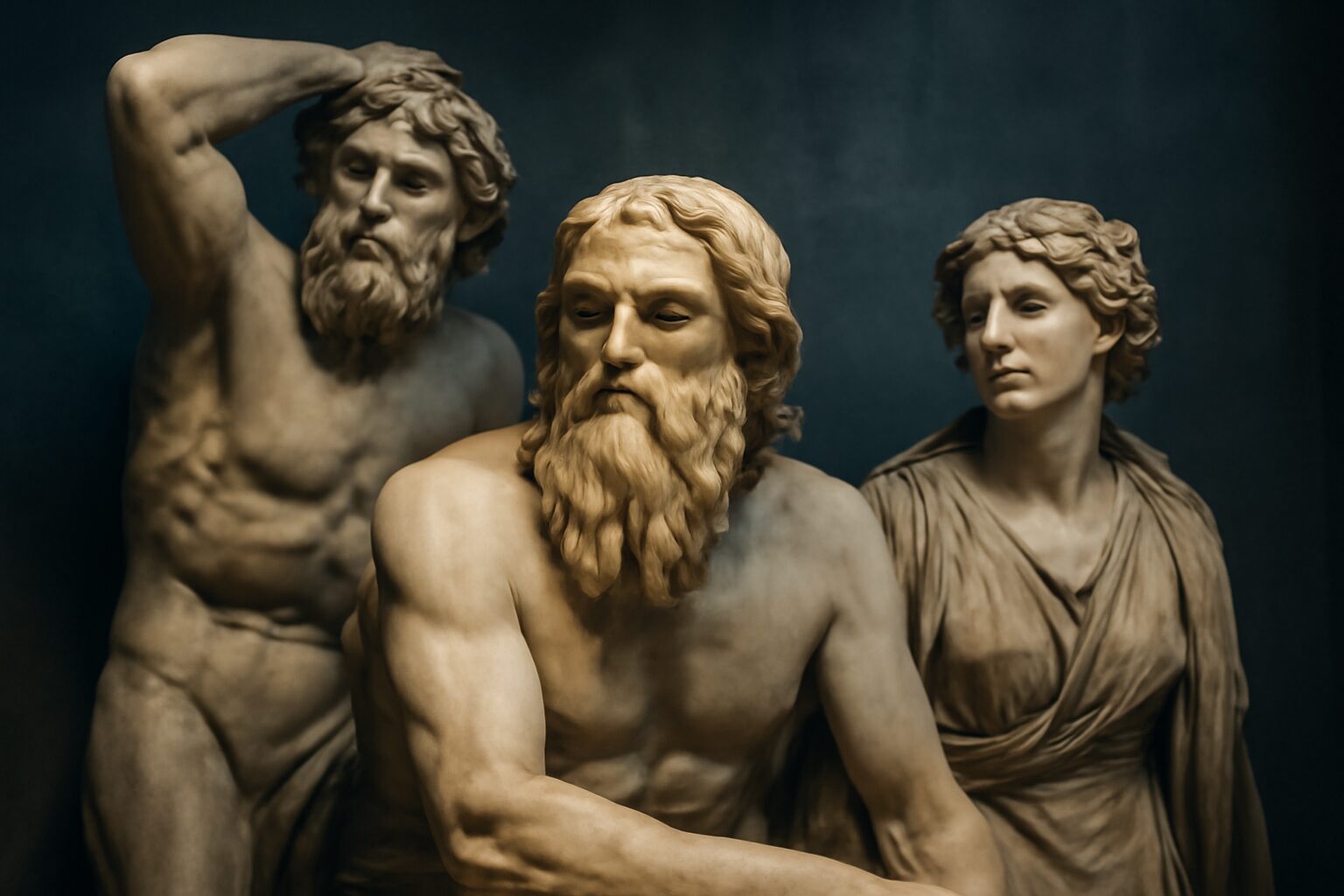Nesoi: The Greek Goddesses of the Islands
In Greek mythology, the Nesoi (meaning "islands" in Greek) were the primordial goddesses who personified the islands of the Aegean and Mediterranean seas. Though lesser-known than the Olympian gods, these deities played a vital role in the ancient Greek worldview, embodying the mysterious and often treacherous nature of the scattered landmasses that defined their maritime culture.
Origins and Mythology
The Nesoi were considered protogenoi (primeval deities), born from Gaia (Earth) without a father, much like the mountains (Ourea) and seas (Pontus). In some traditions, they emerged from the waves when Poseidon struck the earth with his trident. The islands were seen as living entities—sometimes benevolent, sometimes dangerous—and sailors often made offerings to them for safe passage.
Unlike other nature spirits, the Nesoi were rarely individualized in myths. Instead, they were worshiped collectively, though certain important islands like Delos (sacred to Apollo and Artemis) or Crete (home of the Minotaur) had their own distinct mythological identities.
Powers and Significance
As divine embodiments of islands, the Nesoi possessed several powers:
- Shape-shifting: Some myths describe islands suddenly appearing or disappearing (like the wandering island of Aeolia).
- Protection: They could offer safe harbor or deliberately strand sailors (as happened to Odysseus multiple times).
- Fertility: Many islands were considered especially fertile under their care.
In Greek culture, the Nesoi represented both the promise of new lands and the perils of seafaring. Their worship was particularly strong among fishermen, merchants, and colonists setting out to establish new city-states across the Mediterranean.
Relationships with Other Deities
The Nesoi had close ties with other nature deities:
- Poseidon: As god of the sea, he could raise new islands or submerge existing ones.
- Nereids: The sea nymphs often played around island shores.
- Gaia: Their mother earth, from whom they sprang.
During the Titanomachy, Zeus was said to have anchored the floating Nesoi to the seafloor to stabilize the world. This myth reflects the Greek understanding of how islands provided fixed points for navigation in the vast, unpredictable sea.
Though not as glamorous as the Olympians, the Nesoi were fundamental to how the ancient Greeks understood their world—a reminder that every rocky outcrop in the wine-dark sea had its own divine spirit watching over it.
Alternative Names for Nesoi (Islands)
God Name: Nesiotai (Greek)
An alternative name for Nesoi, referring to the collective spirits or deities of the islands in Greek mythology. It emphasizes the plural aspect of the islands' divine presence.
God Name: Insulae (Roman)
The Roman equivalent of Nesoi, representing the divine personification of islands. The name is derived from the Latin word for islands, reflecting the same concept as the Greek Nesoi.
God Name: Nesiotes (Greek)
A less common variant of Nesoi, sometimes used to refer to individual island spirits or deities within the broader category of Nesoi in Greek mythology.
Tales about Nesoi (Islands)
The Birth of Delos: A Sanctuary from Hera's Wrath
When Zeus impregnated the Titaness Leto, his jealous wife Hera cursed her rival, decreeing that no solid land would offer Leto refuge to give birth. Desperate and in labor, Leto wandered the seas until the floating island of Nesoi, then called Ortygia, took pity. Defying Hera's command, the island anchored itself and provided sanctuary. There, Leto gave birth to Apollo and Artemis. In gratitude, Zeus secured the island to the sea floor and renamed it Delos, making it a sacred haven forever bathed in divine light.
The Transformation
Delos blossomed from a barren rock into a lush, flowering isle, its shores adorned with palm trees where Leto had gripped during her labor. It became a center of worship and prophecy, its very soil hallowed by the birth of two Olympians. The Nesoi demonstrated their compassion and power, proving that even the most mobile of lands could become a steadfast sanctuary for the divine.
Aeolus and the Restless Isles
The Nesoi were not always stationary; some drifted aimlessly, causing chaos for sailors and sea gods alike. Poseidon, annoyed by these wandering landmasses, enlisted the help of Aeolus, keeper of the winds. Aeolus tamed the turbulent airs around the nomadic islands, using his control over the Zephyrus (west wind) and Boreas (north wind) to gently guide them into fixed positions.
The Binding Agreement
In return for their stability, Aeolus demanded that the islands serve as natural windbreaks and navigational aids for mortals. The Nesoi agreed, and to this day, many island chains in the Aegean align with the prevailing winds, their layouts a testament to Aeolus's artistry. This pact brought order to the seas, making travel safer and granting the islands a purposeful existence anchored in myth and utility.
Frequently Asked Questions
Who are the Nesoi in Greek mythology?
The Nesoi were the primordial Greek goddesses of islands. They were considered daughters of Gaia (Earth) and part of the earliest deities in Greek mythology, representing the countless islands of the sea.
Why were the Nesoi important in Greek mythology?
The Nesoi were important because they personified the islands that were crucial to ancient Greek civilization. As a seafaring culture, Greeks relied on islands for trade, resources, and navigation, making these deities significant in their worldview.
How do the Nesoi relate to other Greek primordial deities?
The Nesoi were siblings to other primordial deities like the mountains (Ourea) and seas (Pontus). As children of Gaia, they were part of the fundamental natural forces that shaped the Greek understanding of the world's creation.
Are there any myths or stories about the Nesoi?
Unlike major Olympian gods, the Nesoi don't feature prominently in individual myths. They appear more as a collective presence, often mentioned in creation stories or when describing the geography of the Greek world.
What can we learn from the concept of the Nesoi today?
The Nesoi remind us how ancient cultures personified natural features to understand their world. Today, they show how geography shaped mythology, and how islands held spiritual significance beyond their physical presence.

